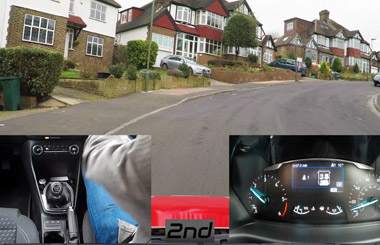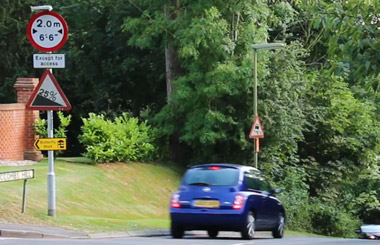Video on when to change gear on a hill
Subscribe for more tips on our YouTube channel
1st gear is best when the road is steep, tight and windy. It delivers slow speed but high power for the hill.
In the video below, you'll see an experienced instructor drive up and down some steep hills and demonstrate when to change gear and which gear to choose.
In the video below, you'll see an experienced instructor drive up and down some steep hills and demonstrate when to change gear and which gear to choose.

What happens if you change up a gear before increasing speed when driving uphill?
Change up a gear too early before building up speed and the car will struggle and could even stall.The low gears are best when driving up a steep hill. Before you change up a gear, make sure that you accelerate first, a bit more than you would on a flat road. Give the car more of a push, increase momentum or otherwise as you go through the process of changing gear, the car will slow down quickly, meaning that you won't need that higher gear anymore and you'll have to change back down again to avoid stalling or a struggling car.

Which gear to choose when driving down a steep hill?
When driving down a steep hill then being in a low gear will help keep the car slower than if you was in a higher gear. This increases the effect of what is known as engine braking.The advantage of engine braking is that you'll have better control and won't need to brake as much which reduces the risk of brake fade or in plain engish overheating the brakes.
Remember that the steeper the hill, the lower the gear you'll need.
|
|
|
 |